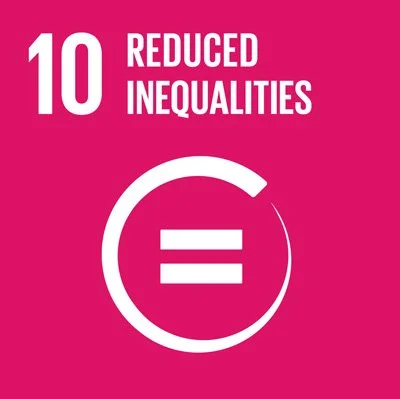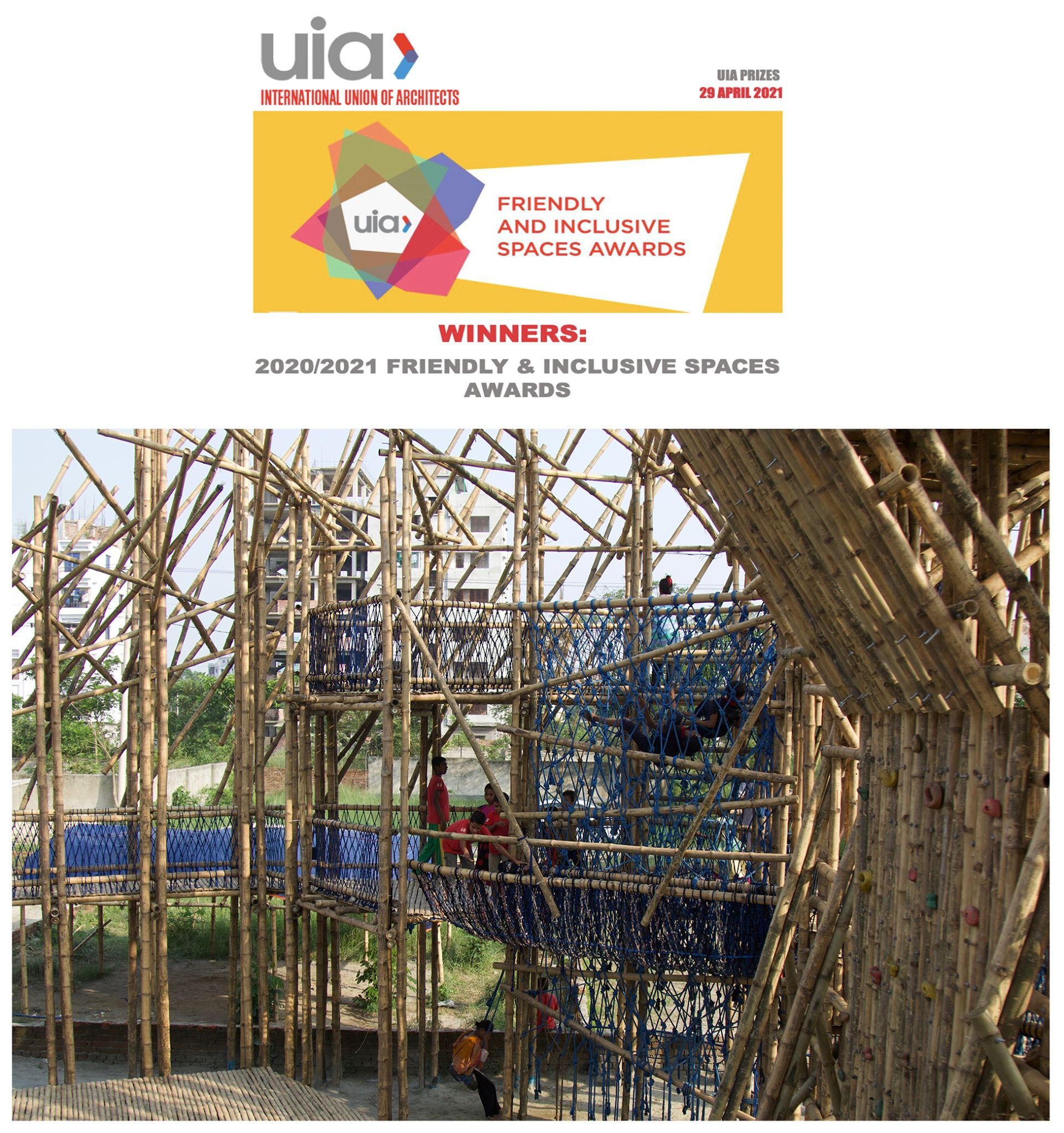This article takes a look at the powerful combination of inclusive design, sustainable architecture, and SDG 10 (Reduced Inequalities). Learn how housing accessibility, community development, and appropriate policy frameworks all connect in creating a sustainable, equitable future.

Sustainable Development Goal 10, as part of the United Nations’ 17 SDGs, stands at the forefront of global efforts to reduce inequalities. This SDG aims at diminishing disparities within and between countries, striving for equal opportunity and economic inclusion. It underscores the commitment to eliminate discrimination, promote social, economic, and political inclusion, and adopt fiscal and social policies that progressively achieve equality.
But how does inclusive design fit into this picture? Inclusive design is a methodological approach where the diversity of the human population is acknowledged and embraced. It goes beyond physical accessibility and considers broader social inclusion ideas.
Inclusive design principles are dedicated to creating products, services, and environments compatible with everyone’s needs, as far as possible, without the need for further adaptation. It promotes the use of sustainable construction materials, fosters sustainable living, and makes spaces accessible, usable, and convenient for a more diverse population.
In a world increasingly marred by economic disparity and environmental stress, linking inclusive design to the objectives of SDG 10 offers a more human-centric approach in our strive toward sustainability and equality.

Housing for All: Inclusive Design in Housing Accessibility
Unfortunately, housing remains an area where inequality often manifests. It is despite the fact that access to decent, safe, and secure housing is a human right enshrined in numerous international conventions.
As an answer, Inclusive design comes as a beacon of hope here. By focusing on the physical and social requirements of those often ignored in mainstream design, it opens doors to better housing that is accessible, safe, and sustainable. For instance, implementing ramp-accessible entrances or step-free living spaces allows wheelchair users or those with mobility problems to navigate their homes freely.
Moreover, by harnessing sustainable construction materials and techniques, inclusive designers are creating energy-efficient, resilient, and low-impact houses. This not only promotes an eco-friendly, net-zero lifestyle but also brings down the cost of living, tangible steps towards reducing economic inequalities.

Namely, Habinteg’s housing association has been at the forefront of implementing inclusive housing designs, particularly for individuals with physical disabilities, pioneering meaningful change in the living conditions of the differently-abled.
Building Cohesive Communities: The Role of Inclusive Design
Furthermore, inclusive design goes beyond functional utility and reaches out to fostering community development and social cohesion. By involving inhabitants in the planning and design process, they help build environments that reflect the community’s culture and requirements.
This kind of engagement in inclusive design projects has a transformative effect. It uplifts marginalized groups by offering them an active seat at the decision-making table, driving genuine engagement and connection between communities and their designed spaces.
Codifying Inclusion: The Interplay of Policy, Inclusive Design, and Sustainable Development
Enshrining inclusivity in law and policy is also critical for large-scale sustainable impact. Both national and international policies can incentivize inclusive design, driving an overall reduction in inequalities.
Legislation can harmonize building standards to include specific stipulations around accessibility, usability, and eco-friendliness. Further, governments can adopt policies favoring sustainable construction, encouraging the use of regionally sourced and environmentally friendly construction materials.
In the United States as of 2023, new tax incentives for energy efficiency and clean energy investments are in effect for at least the next 10 years. According to the U.S. Green Building Council, a multifamily housing complex can receive $2,500 or $5,000 for achieving Zero Energy Ready certification. On the other hand, commercial buildings can receive $2.50–$5 per square foot for efficiency improvements, and property owners that install solar roofs, energy storage systems or EV charging can get over 30% of their investment back in the form of a tax credit.
Such policies bridge sustainable architecture, inclusive design, and sustainable development. They ensure that every citizen can enjoy the benefits of development without concern for their ethnicity, age, ability, or social status.
Confronting Barriers: Challenges and Future Potential for Inclusive Design
While the impacts of this design are transformative, achieving broad acceptance and implementation isn’t straightforward. Resistance to change, lack of awareness, and resource constraints can stall progress.

Addressing these challenges necessitates fostering collaboration across architects, policymakers, and citizens. Sharing of knowledge, best practices, and innovative solutions can enable a global shift from exclusive to inclusive design.
Further, initiatives such as inclusive design competitions and awareness programs can bring inclusivity to the center stage of design, making it a default practice rather than an afterthought. Inclusive design has immense potential – both in promoting sustainable lifestyles and aiding the achievement of the Sustainable Development Goals, particularly SDG 10.
A Call to Equality: Embarking on the Inclusive Design Journey
Inclusive design can drive us towards SDG 10. By creating accessible, sustainable living spaces, empowering communities, and addressing inequalities, it provides a blueprint for a more equal and sustainable world.
Inclusion by design is more than just a fad – it’s a path to a better, fairer world where everyone is equipped to enjoy the benefits of sustainable living. It’s time to prioritize inclusive design, empowering people and communities, and taking solid steps towards making ‘leaving no one behind’ a sustainable reality.
For further information on how BillionBricks can benefit your community, get in touch with us at https://billionbricks.org/contact-us-ph.
Resources:
- United Nations. The 17 Goals. Retrieved from https://sdgs.un.org/goals
- United Nations. Reduce Inequality within and among Countries. Retrieved from https://sdgs.un.org/goals/goal10
- BillionBricks. Architecture for social improvement. Retrieved from https://billionbricks.org/updates/architecture-for-social-improvement?rq=inclusive%20design
- Utilities One. Creating Freedom and Independence Inclusive Construction for People with Mobility Challenges. Retrieved from https://utilitiesone.com/creating-freedom-and-independence-inclusive-construction-for-people-with-mobility-challenges
- Social Care Institute for Excellence. Habinteg Housing Association case study. Retrieved from https://www.scie.org.uk/housing/role-of-housing/promising-practice/models/supported-living/habinteg-housing-association
- Ben Evans. IRA update: It’s a go for green building tax incentives. Retrieved from https://www.usgbc.org/articles/ira-update-it-s-go-green-building-tax-incentives


